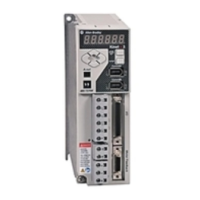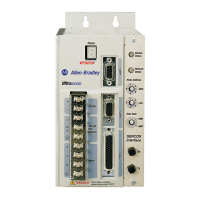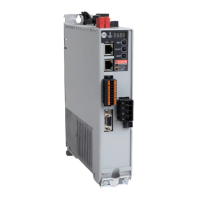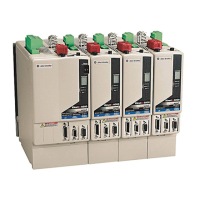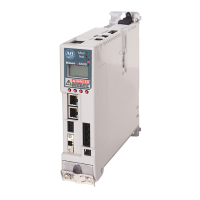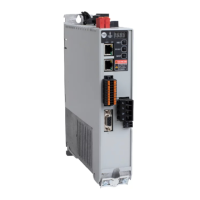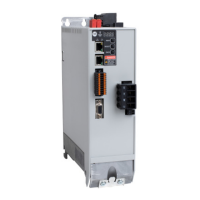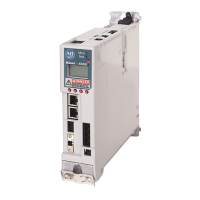78 Rockwell Automation Publication 2094-UM001D-EN-P - May 2010
Chapter 5 Connecting the Kinetix 6000 Drive System
Building Your Own Cables
• Connect the cable shield to the connector shells on both ends of the cable
with a complete 360° connection.
• Use twisted pair cable whenever possible. Twist differential signals with
each other and twist single-ended signals with the appropriate ground
return.
Refer to the Kinetix Motion Control Selection Guide, publication
GMC-SG001
, for low-profile connector kit, drive-end (mating) connector kit,
and motor-end connector kit catalog numbers.
Routing the Power and Signal Cables
Be aware that when you route power and signal wiring on a machine or system,
radiated noise from nearby relays, transformers, and other electronic drives can be
induced into motor or encoder feedback signals, input/output communication,
or other sensitive low voltage signals. This can cause system faults and
communication anomalies.
Refer to Electrical Noise Reduction on page 31
for examples of routing high and
low voltage cables in wireways. Refer to the System Design for Control of
Electrical Noise Reference Manual, publication GMC-RM001
, for more
information.
This section contains common PWM servo system wiring configurations,
size, and practices that can be used in a majority of applications.
National Electrical Code, local electrical codes, special operating
temperatures, duty cycles, or system configurations take precedence
over the values and methods provided.
Factory-made cables are designed to minimize EMI and are
recommended over hand-built cables to optimize system performance.

